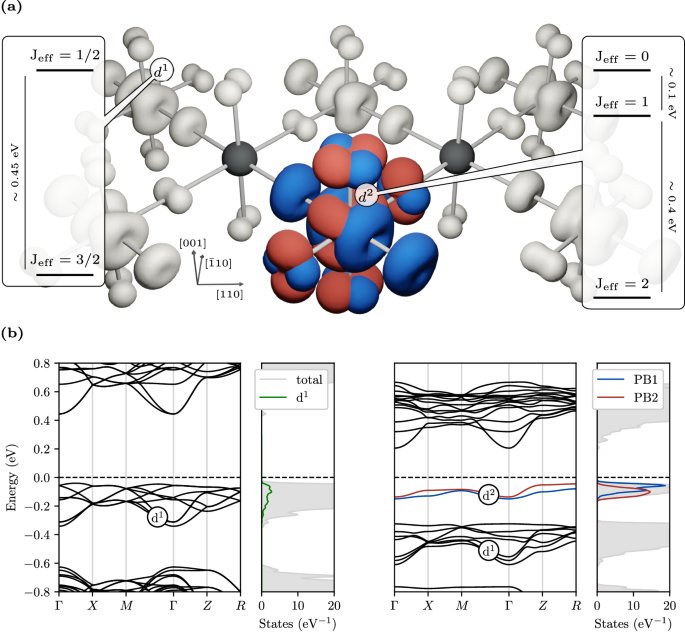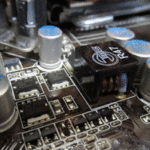2024-05-01 ブラウン大学
<関連情報>
- https://www.brown.edu/news/2024-05-01/mott-insulators
- https://www.nature.com/articles/s41467-024-46621-0
スピン軌道ヤーンテラー双極子 Spin-orbital Jahn-Teller bipolarons
Lorenzo Celiberti,Dario Fiore Mosca,Giuseppe Allodi,Leonid V. Pourovskii,Anna Tassetti,Paola Caterina Forino,Rong Cong,Erick Garcia,Phuong M. Tran,Roberto De Renzi,Patrick M. Woodward,Vesna F. Mitrović,Samuele Sanna & Cesare Franchini
Nature Communications Published:18 March 2024
DOI:https://doi.org/10.1038/s41467-024-46621-0

Abstract
Polarons and spin-orbit (SO) coupling are distinct quantum effects that play a critical role in charge transport and spin-orbitronics. Polarons originate from strong electron-phonon interaction and are ubiquitous in polarizable materials featuring electron localization, in particular 3d transition metal oxides (TMOs). On the other hand, the relativistic coupling between the spin and orbital angular momentum is notable in lattices with heavy atoms and develops in 5d TMOs, where electrons are spatially delocalized. Here we combine ab initio calculations and magnetic measurements to show that these two seemingly mutually exclusive interactions are entangled in the electron-doped SO-coupled Mott insulator Ba2Na1−xCaxOsO6 (0 < x < 1), unveiling the formation of spin-orbital bipolarons. Polaron charge trapping, favoured by the Jahn-Teller lattice activity, converts the Os 5d1 spin-orbital Jeff = 3/2 levels, characteristic of the parent compound Ba2NaOsO6 (BNOO), into a bipolaron 5d2 Jeff = 2 manifold, leading to the coexistence of different J-effective states in a single-phase material. The gradual increase of bipolarons with increasing doping creates robust in-gap states that prevents the transition to a metal phase even at ultrahigh doping, thus preserving the Mott gap across the entire doping range from d1 BNOO to d2 Ba2CaOsO6 (BCOO).



